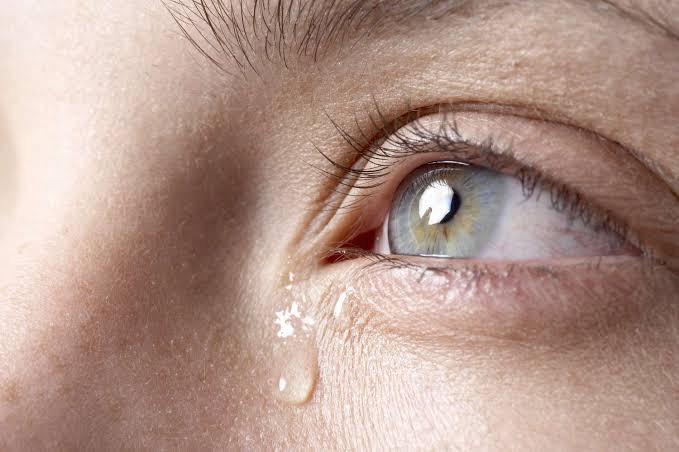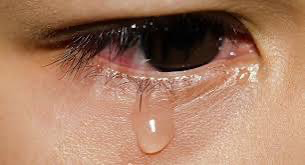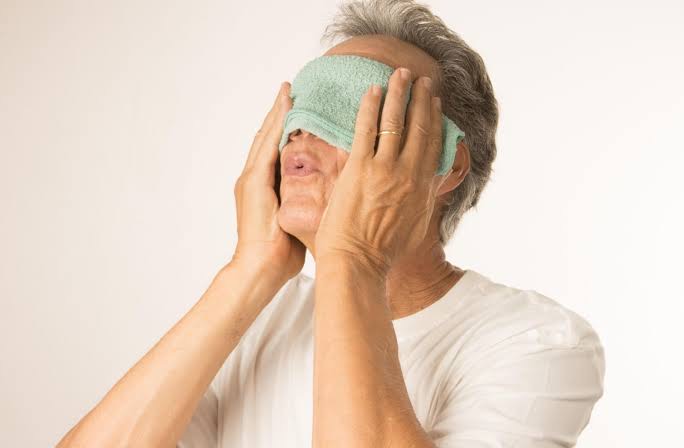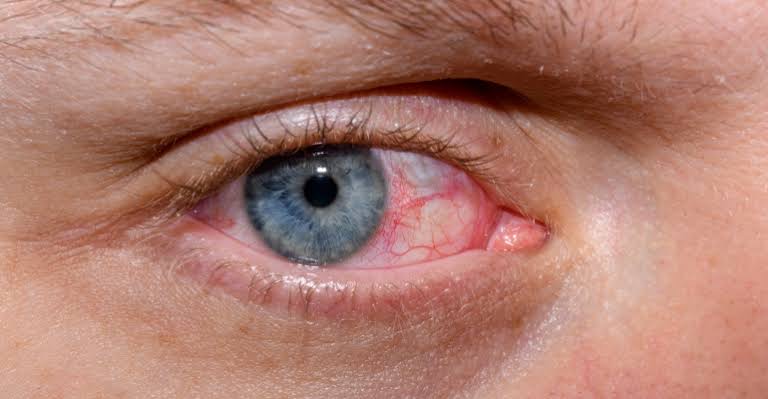Dry eyes occur when your eyes don’t produce enough tears or the right type of tears to keep the surface adequately lubricated. This condition, known as dry eye syndrome or dry eye disease, can be uncomfortable and even lead to vision problems if left untreated. Here’s an overview of what causes dry eyes, their symptoms, and effective treatment options.
Causes of Dry Eyes
1.Decreased Tear Production

The most common cause of dry eyes is reduced tear production, which can happen due to:
– Aging: Tear production decreases with age, particularly for those over 50.
– Medical Conditions: Diseases like diabetes, rheumatoid arthritis, and thyroid disorders can affect tear production.
– Medications: Certain medications, such as antihistamines, antidepressants, and blood pressure drugs, can reduce tear production.
– Laser Eye Surgery: While often temporary, some people experience dry eyes after LASIK surgery.
2.Increased Tear Evaporation

Factors that lead to increased evaporation of tears include:
– Environmental Conditions: Wind, smoke, and dry air can accelerate tear evaporation.
– Blinking Less Often: Staring at digital screens for long periods can reduce the frequency of blinking and contribute to dry eyes.
– Eyelid Problems: Conditions such as ectropion (outward turning of the eyelids) or entropion (inward turning) can lead to inadequate tear distribution.
3.Poor Tear Quality

Tears are made up of three layers: oil, water, and mucus. If any layer is deficient or imbalanced, tear quality suffers, leading to dry eyes. This is often due to a condition called meibomian gland dysfunction (MGD), which affects the oil-producing glands in the eyelids.
Symptoms of Dry Eyes
– A stinging, burning, or scratchy sensation in the eyes
– Redness of the eyes
– Sensitivity to light
– A feeling that something is in your eyes (foreign body sensation)
– Difficulty wearing contact lenses
– Watery eyes (a response to irritation)
– Blurred vision or eye fatigue
Treatment Options for Dry Eyes
1.Artificial Tears and Eye Drops

Over-the-counter artificial tears can provide temporary relief. If dry eyes are chronic, your doctor may recommend preservative-free drops or prescription eye drops like cyclosporine (Restasis) or lifitegrast (Xiidra).
2.Lifestyle Adjustments
– Take Screen Breaks: Follow the 20-20-20 rule to prevent eye strain—every 20 minutes, look at something 20 feet away for 20 seconds.
– Use a Humidifier: Adding moisture to the air can help prevent your tears from evaporating too quickly.
– Wear Sunglasses: Protective eyewear shields your eyes from wind and sun, reducing tear evaporation.
3.Warm Compresses and Eyelid Hygiene

Applying a warm compress can help unclog oil glands in your eyelids and improve the quality of your tears. Regularly cleaning your eyelids with a gentle cleanser can prevent oil buildup and improve overall eye health.
4.Prescription Medications
For more severe cases, doctors may prescribe anti-inflammatory medications or recommend punctal plugs, which are tiny devices inserted into the tear ducts to prevent tears from draining away too quickly.
5.Omega-3 Fatty Acids
Adding omega-3 fatty acids to your diet, either through food or supplements, can help improve tear production and reduce inflammation. Foods rich in omega-3s include salmon, flaxseeds, and chia seeds.
6.Specialized Treatments

For severe cases, advanced treatments such as intense pulsed light (IPL) therapy or eyelid massage devices might be used to stimulate the oil glands and improve tear film quality.
Dry eyes can range from a mild nuisance to a more serious condition that affects daily life. While the causes vary, understanding the underlying issue is key to choosing the right treatment. If you’re experiencing persistent or severe symptoms, consult an eye care professional for a comprehensive evaluation and tailored treatment plan. With the right care, managing and preventing dry eyes is achievable, improving both eye comfort and quality of life.


Pingback: Understanding Red Eyes: Causes and Treatment Options - SimplExplainer
Pingback: Tears: Their Importance and Potential Side Effects - SimplExplainer